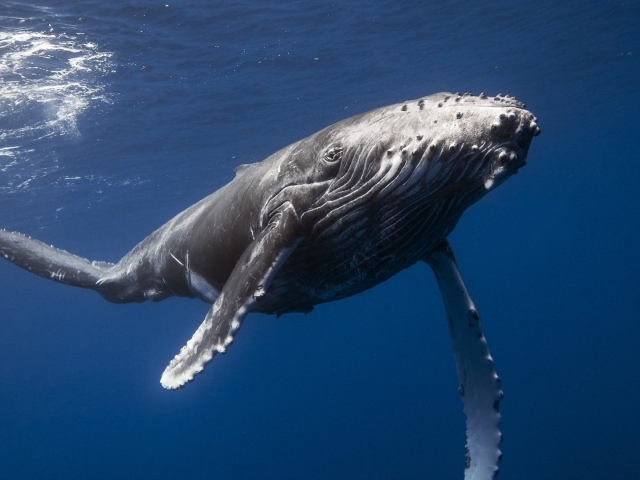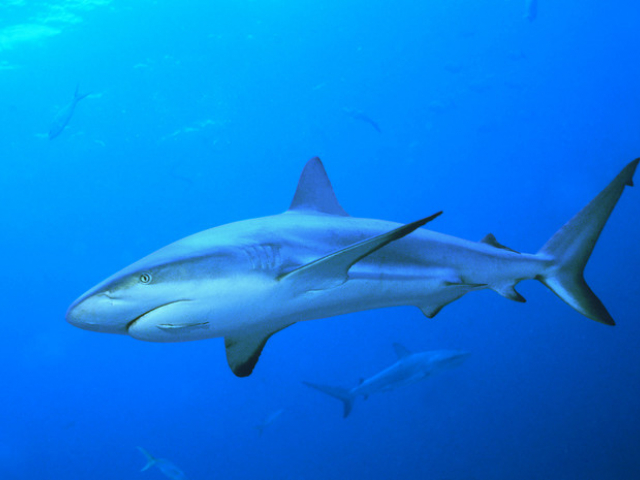
Top 5 locations for stargazing
Astrotourism is becoming more popular every year. People are willing to travel thousands of kilometers to admire the stars. But which places on Earth are considered the best for this? Let's find out now!




Energy distribution and bee hive
The instinct drives bees to act in a certain way which in the end benefits the whole swarm. Regen Energy, an American technology company, adopted the so-called Swarm Logic in order to increase the efficiency of power networks. Instead of using a centralized control system to distribute energy overload, the company has applied local control systems. Thus, the systems communicate through wireless power controllers that determine independently where the power is needed.

Velcro
George de Mestral, a Swiss engineer, was the first to come up with this invention. He was inspired by the burdock seeds that he once removed from his dog’s hair. When examining them under the microscope, he discovered tiny hooks that could catch the animal hair. This gave start to the invention of sticky material - Velcro. It took years to implement this technology. In 1955, George de Mestral patented this invention. Astronauts, scuba divers, and skiers were the first to try it before it became widely popular.

Lizard skin
Lizards are famous for their ability to climb vertical walls and even hang upside down. Their secret lies in tiny microscopic hairs called setae which cover lizard feet. The setae can stick to the surface due to the Van der Waals force - a type of physical force working on the molecular level. It produces a very strong grip that enables lizards to hold on any type of the surface. Many engineers have applied this lizard-inspired technology for different purposes. Billions of artificial setae allow to achieve a firm grip without using adhesives.

Whale fin and wind turbine
Biologist Frank Fish gave rise to another invention - a wind turbine shaped as a whale fin. The bumps on a whale’s fin cause water to flow more smoothly through the flippers, giving a whale an ability to move fast and swiftly under water. After examining this effect more closely, Frank Fish found that such bumps can be used on the turbine blades in order to reduce noise level and increase their efficiency.

Shark skin effect
When studying skin of a shark, scientists from NASA have discovered tiny sleek scales.This finding later inspired a new coating for ships which significantly reduces the drag. The shark skin effect allowed the Stars and Stripes racing yacht to win the America's Cup race in 1987. Despite the obvious effectiveness of the coating, it was banned for a long time afterwards. However, recently the technology has returned into use.

Speed train and kingfisher beak
Eiji Nakatsu, a Japanese engineer and bird-watcher, enriched modern science with another discovery. He noticed that kingfishers can dive into water without a splash thanks to their sharply pointed beak. The discovery made it possible to invent a high-speed train. Such speed trains create a deafening “tunnel boom” due to a strong wind pressure. Thanks to a beak-shaped nose, a bullet train can now move with reduced noise and low energy consumption.

Architecture and termite mounds
Observing African termites, scientists noticed that they create their homes in such a way that the inside temperature remains almost unchanged. Termites design their nests with the so-called “passive cooling” technology. This system includes a series of ventilation hatches at the top and in the walls of the mound. Architect Mick Pierce was inspired by termite homes when designing the Eastgate Centre in Zimbabwe. Thanks to this technology, hot and cool air circulates naturally through the pipes and ventilation of the building.

Astrotourism is becoming more popular every year. People are willing to travel thousands of kilometers to admire the stars. But which places on Earth are considered the best for this? Let's find out now!